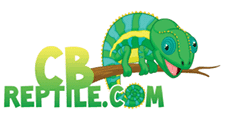russian tortoise diet
Russian Tortoise Diet Housing environment and diet are the two core fundamental pillars that must be correctly provided in order to property care for your pet. They are herbivores that come from several parts around the Mediterranean. They mostly consume leafy greens and plants. One the the biggest secrets is to give him the widest variety you possibly can […]
